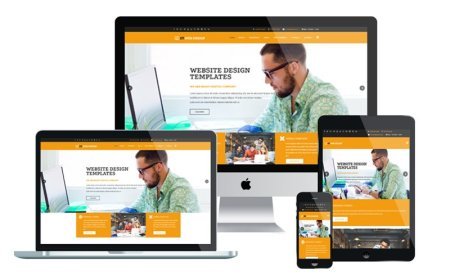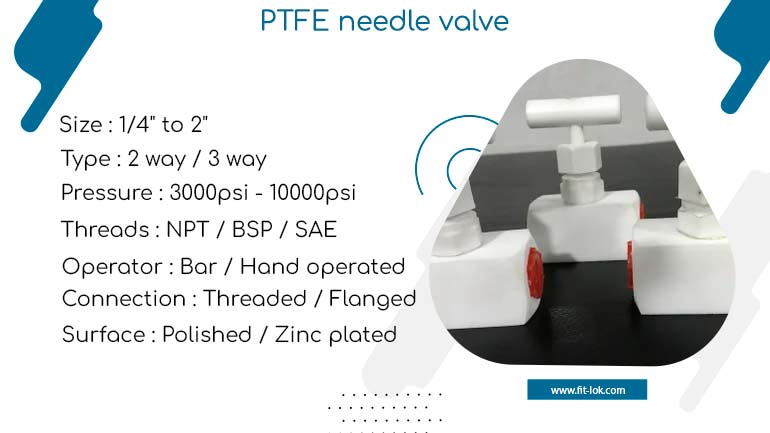Hyper-Realistic 3D Product Animations: Techniques and Tools

In the world of modern marketing and product visualization, hyper-realistic 3D product animations have become an essential tool. Whether for e-commerce, marketing campaigns, or product design, these animations provide a level of detail and immersion that traditional 2D images cannot achieve. Through the use of advanced techniques and sophisticated tools, hyper-realistic 3D animations offer a captivating and accurate representation of products, engaging customers in ways that flat images or videos can’t. For companies in need of exceptional 3D animation, partnering with experienced 3D product animation services and the leading animation studios in the USA is key to achieving the highest quality results.
The Power of Hyper-Realistic 3D Product Animations
Hyper-realistic 3D product animations create lifelike representations of products with precise details, materials, and textures, allowing customers to interact with the product virtually. These animations are particularly valuable in industries such as automotive, consumer electronics, fashion, and industrial design, where showcasing intricate product details or demonstrating complex functionality can be challenging with traditional media. By creating accurate 3D models and simulating real-world physics and materials, these animations provide a powerful tool for brand storytelling and product marketing.
One of the major advantages of hyper-realistic 3D animations is their ability to demonstrate a product in action, giving viewers a detailed look at how the product functions or looks from various angles. This is especially useful for products that are difficult to photograph or film, such as those with intricate components, hidden features, or complex mechanisms.
Key Techniques in Hyper-Realistic 3D Product Animation
Creating hyper-realistic 3D animations requires a deep understanding of 3D modeling, texturing, lighting, and rendering. Several techniques are employed to achieve the high level of detail and realism that these animations are known for.
1. 3D Modeling and Sculpting
The first step in creating a hyper-realistic 3D product animation is the 3D modeling of the product itself. Using specialized software, 3D artists create a digital representation of the product from scratch. This includes detailing every part of the object, from its general shape to its smallest features, ensuring that it matches the physical product. High-resolution meshes are created to capture even the finest details such as logos, screws, and textures. Sculpting tools like ZBrush are often used to achieve detailed, organic shapes that require intricate surface details.
2. Texturing and Shading
Once the 3D model is created, the next step is texturing and shading. Texturing is the process of applying surface details, like color, patterns, and materials, to the 3D model. Advanced texture maps, including bump maps, normal maps, and specular maps, are used to simulate real-world textures like the grain of leather, the smoothness of metal, or the softness of fabric.
Shading techniques define how light interacts with the surface of the model. This is crucial for achieving realism because it determines how reflective, rough, or transparent different materials will appear. Realistic shaders are created using ray-tracing algorithms, which simulate the way light behaves in the real world. Tools like Substance Painter and Autodesk Maya are often used to apply these textures and shaders.
3. Lighting and Rendering
Lighting is one of the most important aspects of hyper-realistic 3D product animation. The lighting setup helps to bring the 3D models to life by casting realistic shadows, highlights, and reflections. Proper lighting can make a big difference in how materials like glass, metal, or fabric look, adding depth and dimension to the scene.
There are different lighting techniques, including global illumination (GI), which simulates the indirect lighting that bounces off surfaces, and ambient occlusion (AO), which adds shading where two surfaces meet. These techniques are combined with the rendering process, which produces the final high-quality images or animations. Tools like V-Ray, Arnold, and OctaneRender are widely used for rendering, as they support complex lighting setups and high-quality output.
4. Physics Simulation
To add even more realism to 3D product animations, many animations incorporate physics simulations. This includes simulating the behavior of materials under stress or simulating the movement of liquids or gases. For example, in the case of an industrial product, a 3D animation may show how the product operates under various conditions, such as pressure or temperature. Physics engines like NVIDIA's PhysX and Bullet are often used to simulate these real-world behaviors.
5. Camera Animation and Motion
In a hyper-realistic 3D product animation, the camera movements are just as important as the product itself. To create a truly engaging animation, the camera needs to move smoothly and dynamically, focusing on different angles and zooming in on the most important aspects of the product. This type of animation requires careful planning to ensure the product is showcased from the best possible perspectives.
The camera animation can simulate real-world camera lenses, depth of field, and focal lengths, further enhancing the realism of the animation. Using advanced software like Blender or Cinema 4D, animators can achieve fluid camera movements and compositions that capture every detail of the product.
Tools for Hyper-Realistic 3D Product Animations
To achieve hyper-realism in 3D product animations, artists rely on a variety of tools. Some of the most popular tools in the industry include:
-
Autodesk Maya: Known for its powerful modeling, animation, and rendering capabilities, Maya is a leading tool for creating high-end 3D animations. Its integration with rendering engines like Arnold makes it ideal for producing photorealistic visuals.
-
Cinema 4D: This tool is widely used for motion graphics and 3D product animation. It offers intuitive modeling and animation features, making it a favorite among both beginners and professionals.
-
Blender: A free, open-source 3D animation software, Blender has become increasingly popular for its robust modeling, texturing, and rendering features. Its integration with real-time rendering engines like Eevee makes it ideal for creating high-quality animations.
-
Substance Painter: Used primarily for texturing, Substance Painter allows artists to paint realistic textures directly onto 3D models. It supports advanced techniques like PBR (Physically Based Rendering) to create hyper-realistic materials.
-
V-Ray: A powerful rendering engine used in conjunction with 3D modeling software to create photorealistic renders. V-Ray is known for its ability to produce accurate lighting and reflections, which are crucial for hyper-realistic animations.
The Role of Explainer Video Companies and Leading Animation Studios in the USA
While creating hyper-realistic 3D product animations is an incredibly complex process, partnering with the right professionals can help streamline the process and elevate the final product. Explainer video companies specialize in creating compelling and engaging animations, and many have experience in producing 3D product animations that not only look realistic but also tell a story.
Working with a leading animation studio in the USA brings several benefits. These studios employ a team of skilled animators, designers, and technicians who have the expertise and resources to handle even the most challenging animation projects. With access to cutting-edge tools and technologies, a top-tier animation studio can create animations that are not only visually stunning but also optimized for various platforms, from social media to e-commerce websites.
Conclusion
Hyper-realistic 3D product animations are an indispensable tool for companies looking to showcase their products in the most engaging and lifelike manner possible. With advanced techniques in modeling, texturing, lighting, and rendering, along with the right tools, these animations offer an immersive experience that can enhance product marketing, boost sales, and create lasting impressions. By collaborating with 3D product animation services and leading animation studios USA, businesses can ensure they are using the best resources to produce high-quality animations that captivate and inform their audience.
What's Your Reaction?




























































